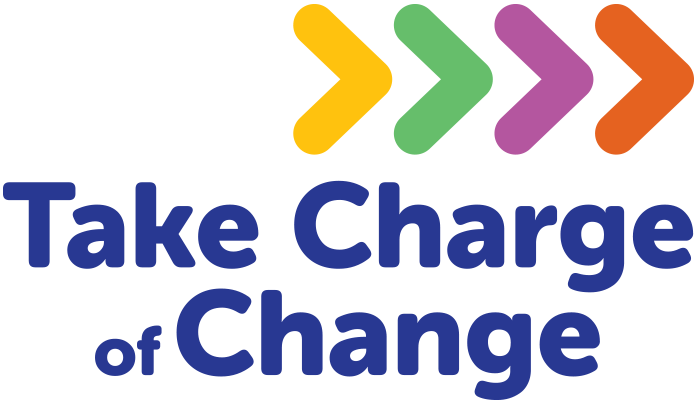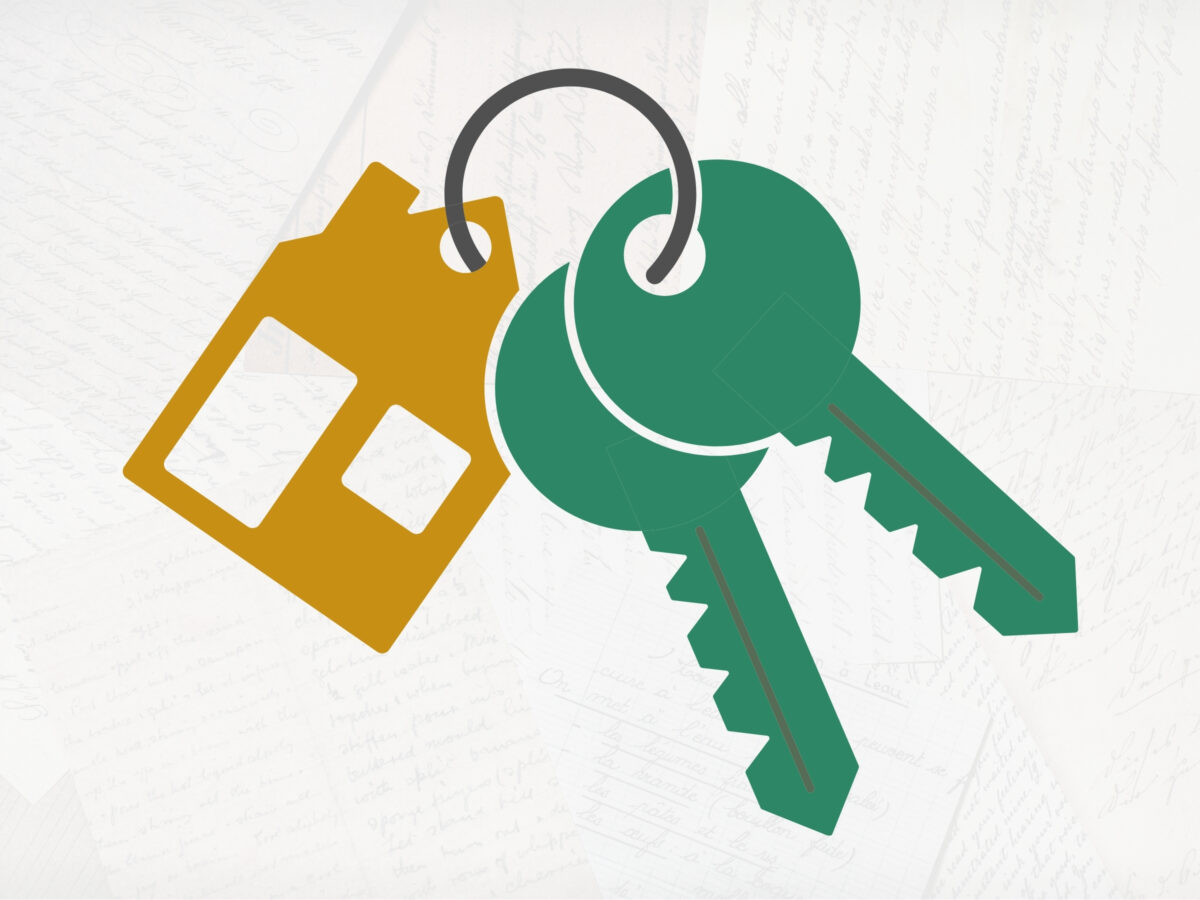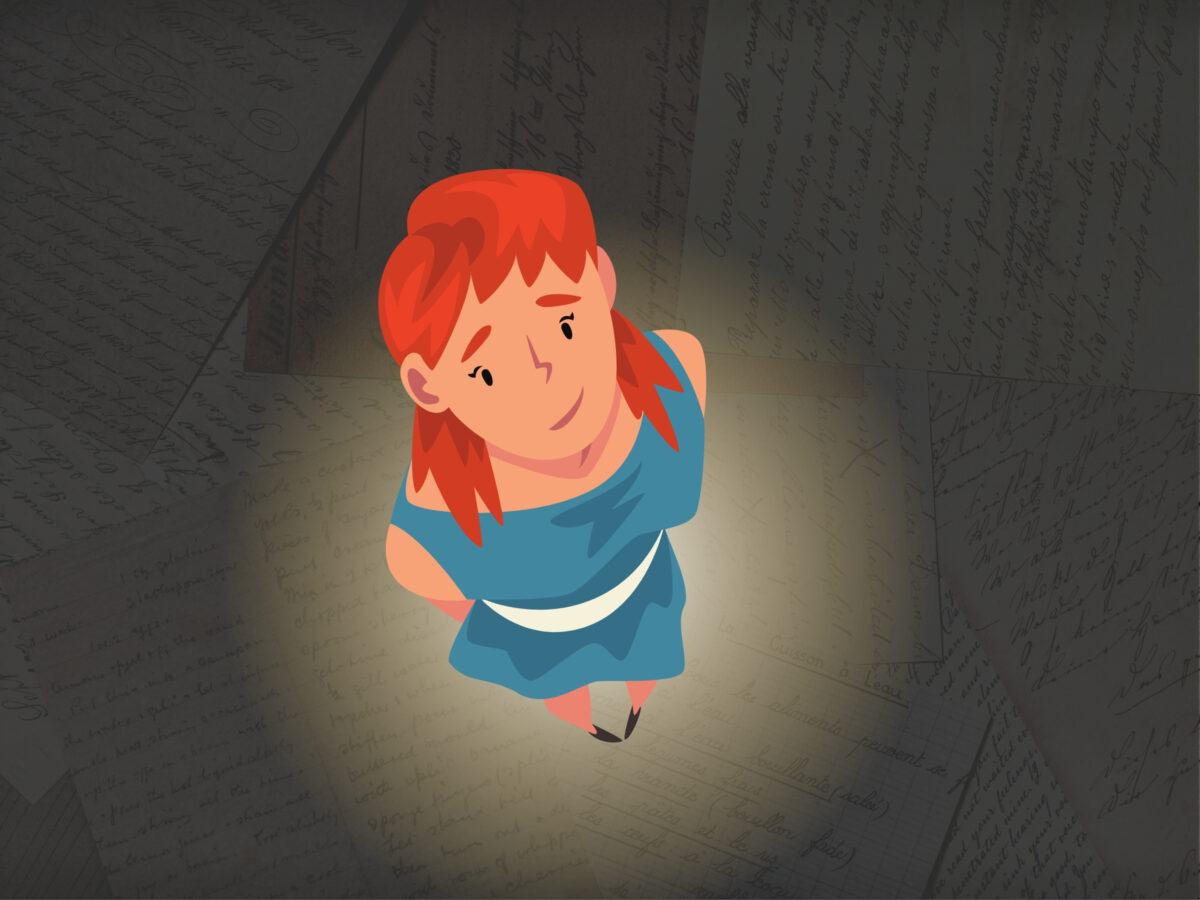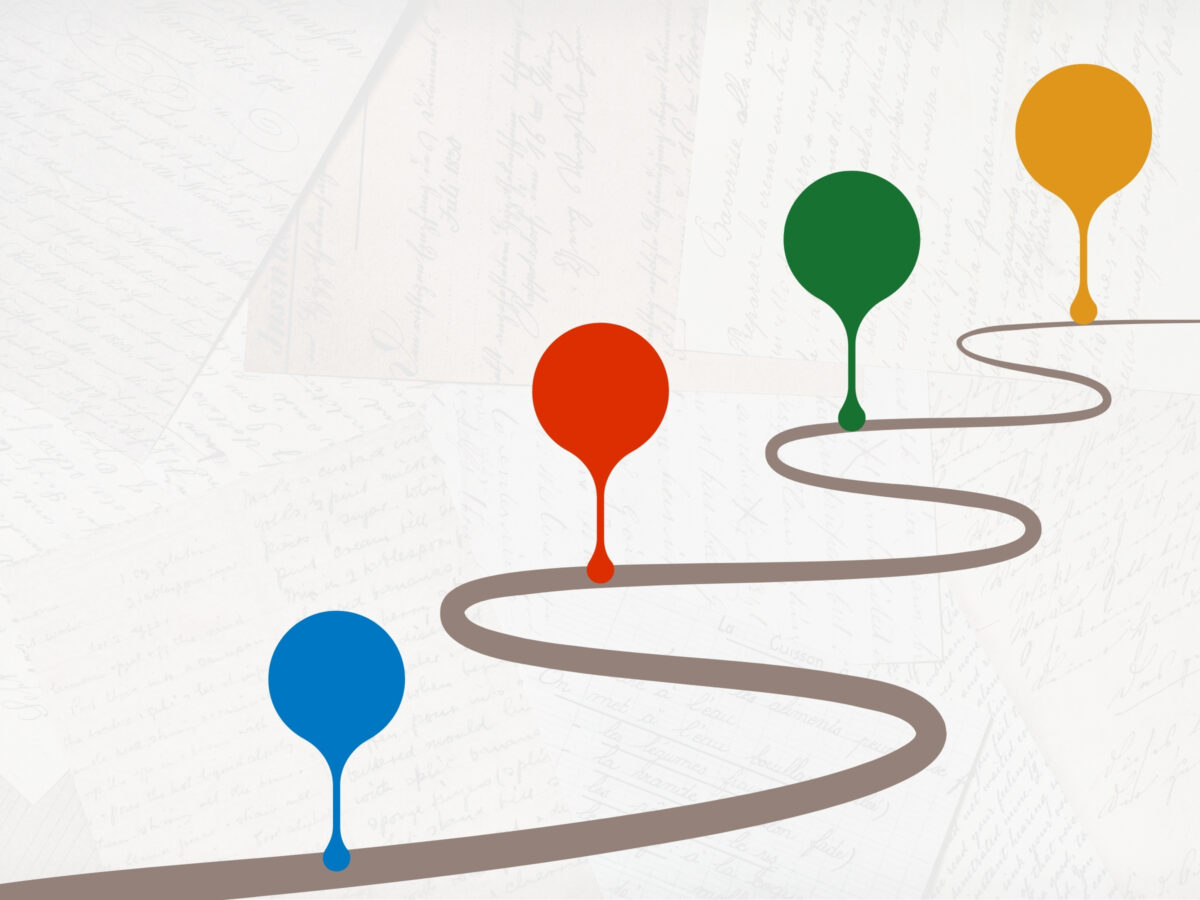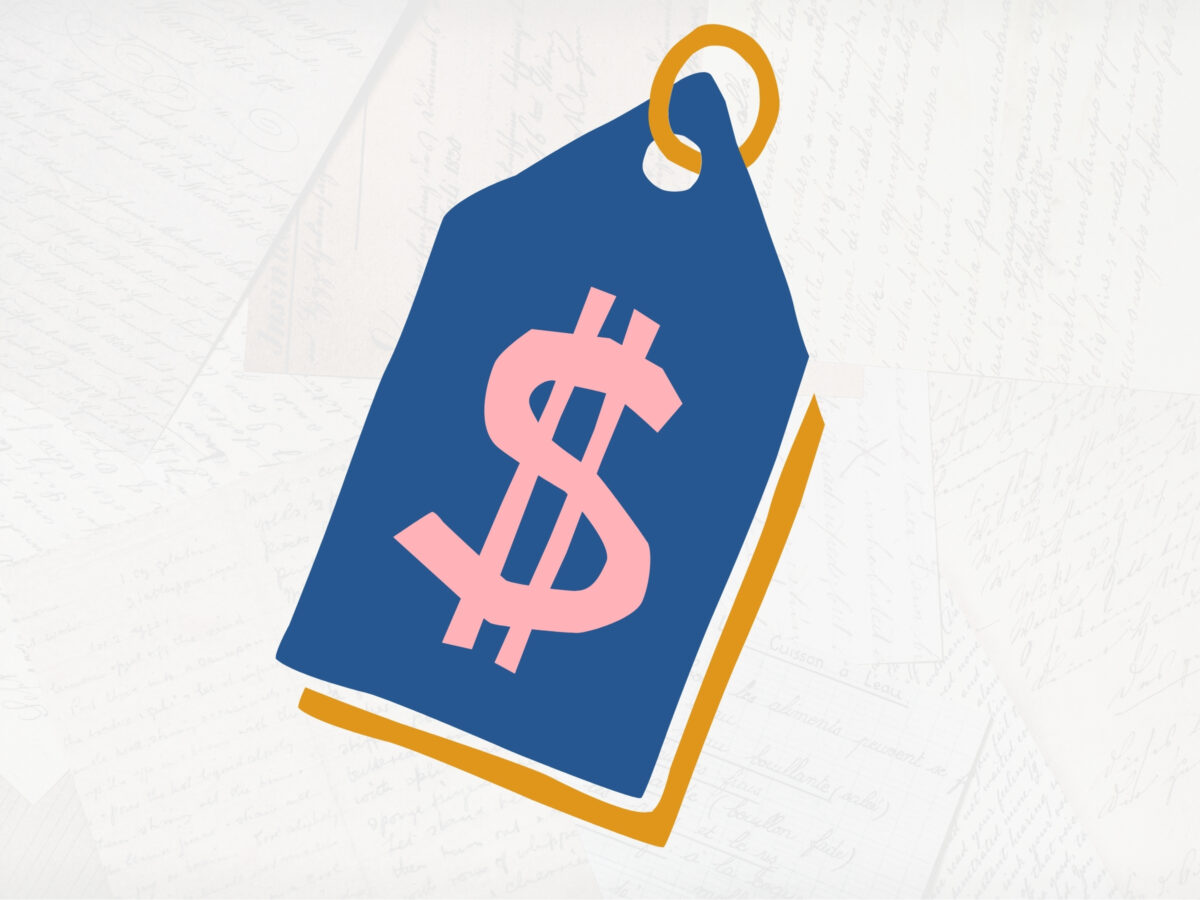Learning to Unfold at My Own Pace
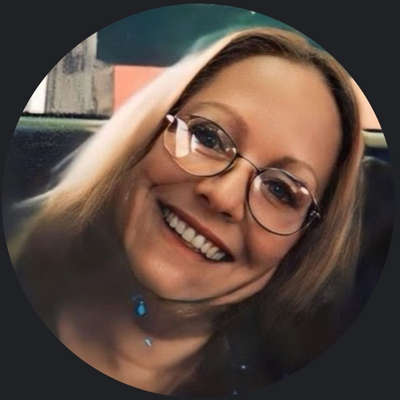
Written by: Lauren Bennett
First Published: 15 October, 2025
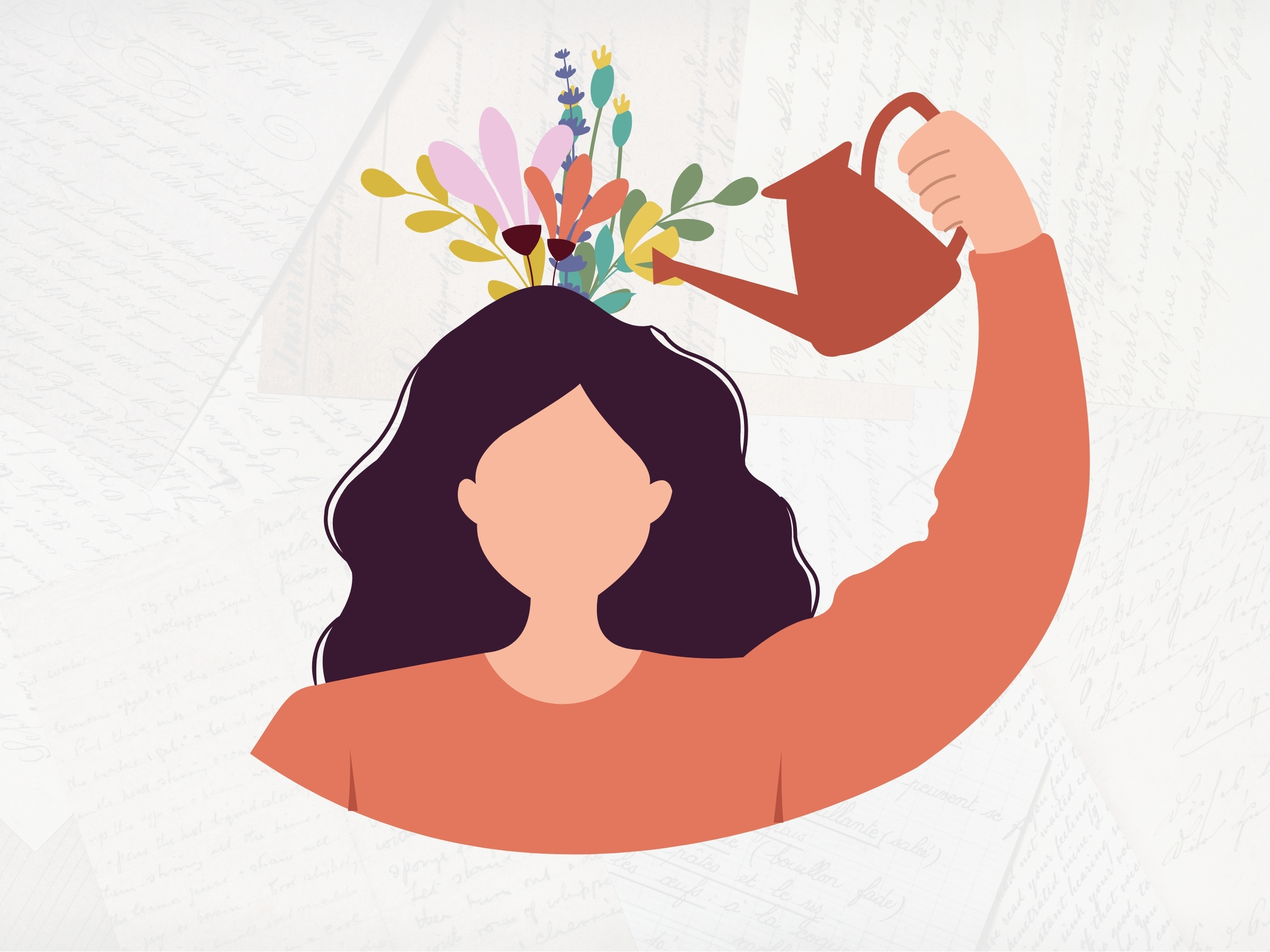
Content note: Ableism.
During my twenties, there was always an unyielding pressure from within. It seemed as if there was some invisible checklist that was drafted:
- complete your education by 21
- gain employment at a “real” firm soon after
- move out and live independently
- find romance with a meet-cute-style love story
- move out and live independently
In reality, I was just trying to get through the week without misplacing my wheelchair charger.
Growing up, I always felt the added burden of “proving” my capability to everyone around me. I desperately wanted to attain an image as a “capable, ambitious, and independent” individual. That’s when I began to really push to my limit. I started to physically push myself to walk faster, even sprinting when I was out with my friends – while they were sprinting ahead in their careers
Racing through life is painfully draining – and in my case, is not at all sustainable. I wish I could say age 26 was when I started finding the pieces of myself, but instead I began to realise the amount of half-finished projects and jobs I had abandoned out of sheer exhaustion. This was coupled with the never-ending fatigue from trying to keep pace with a crushing timeline set by society’s expectations of adulthood
Unlearning Urgency
The evolution of my life was gradual, like a flower blossoming in time-lapse. If it was small, steady changes, rather than a singular, awe-inspiring moment. There was no freeing cinematic scene for me — no sweeping orchestral music as I leapt out of bed, no sudden montage of transformation, no vow to turn my life around overnight.
The first step in evolving was to understand that life won’t always flow in a continuous, straight line. There will always be seasons. Some filled with opportunities, others focused on simply resting, getting healthier, and re-calibrating. Those so-called ‘failures’ – like leaving behind jobs that drained me, or setting aside projects when my health demanded rest – turned out to be pauses that helped me realign with what I actually wanted. They became part of the rhythm that let me move forward at my own pace.
There’s also gentle scaffolding, the little systems that allow me to feel at ease without pressing on me, lightening the feeling of being overwhelmed with no air to breath, NDIS (the National Disability Insurance Scheme) is a vital part of this scaffold. The journey with documents and phone calls to achieve my goal, in my case to have more freedom and a better quality of life, often gave me moments of “wait, why does the form consider that important?”. For example, one form asked me to prove whether I could cook meals ‘without support.’ At first I felt defensive – as though my independence was reduced to chopping vegetables. But later I realised the real question for me wasn’t about if I could cook; it was whether cooking was worth the precious energy I needed for my studies and creative work. That small checkbox shifted my view of independence from proving capability to prioritising what actually enriches my life.
Redefining Independence
For many years, I thought independence meant I had to do things by myself. I was reluctant to accept help since that would merely affirm someone’s ableist and unrealistic belief that I could not handle “adult life.”
Now, I realise independence does not mean avoiding asking for help. It is about having the optimal blend of help for me to achieve my desired life. At times, that includes hiring a support worker for errands. Other times, it includes leaning on friends during a tough week, or just saying, “I cannot do all of this right now” and prioritising the most important things.
This redefinition of independence has also meant reassessing my career path. Rather than forcing myself into the nine-to-five box, I have been looking into flexible work and study options that cater to my needs. I have come to appreciate positions that provide me energy instead of those that would just look good on LinkedIn.
Perhaps the slowest pace that anyone could ever imagine is the very pace that is perfect for me. The only way I can move ‘forward’ is by recognising that progress doesn’t need to be fast or linear – as long as I am taking steady steps, however small, I am still growing.
Tracking deadlines is common practice, but mine looks different. While some people count overtime hours or tick off rigid timelines, I pay attention to my energy levels and emotions each day. This isn’t just reflection – it’s strategy. For instance, I’ve learned that writing in the late morning leaves me both productive and energised, which means I can handle the rest of the day with far less fatigue.
Connecting with Community
I want to reach other young disabled people who are quietly measuring themselves against their peers and thinking to themselves, “I’m falling behind.”, like I did. I want young people with disabilities to realise that there is no default adulthood to strive for; there is only the one that you design for yourself.
Adulthood is not a race, and there is no finish line; instead, it is a deeply personal rhythm to which you are free to choose to move slower, softer, and be shaped by what you need to flourish.

About the Author
Lauren Bennett is a writer and storyteller whose work explores disability, identity, and the gentle rhythms of everyday life. Her essays often focus on redefining independence, finding balance, and challenging societal expectations through a deeply personal lens. She is passionate about creating work that resonates with young disabled people navigating their own unfolding journeys.

